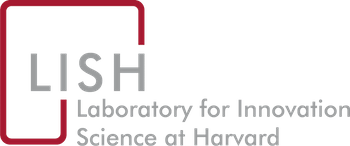Incentives & Governance
. 11/11/2022. “Relative Feedback Increases Disparities in Effort and Performance in Crowdsourcing Contests: Evidence from a Quasi-Experiment on Topcoder.” Proceedings of the ACM on Human-Computer Interaction, 6, CSW2, Pp. 1-27. Publisher's VersionAbstract
. 12/20/2022. “The Opportunists in Innovation Contests Understanding Whom to Attract and How to Attract Them.” Research-Technology Management, 66, 1, Pp. 30-40. Publisher's VersionAbstract
. 3/2/2022. Census II of Free and Open Source Software — Application Libraries. The Linux Foundation. Harvard Laboratory for Innovation Science (LISH) and Open Source Security Foundation (OpenSSF). Publisher's VersionAbstract
. 3/8/2021. “Indefinitely repeated contests: An experimental study.” Experimental Economics . Publisher's VersionAbstract
. 2/20/2021. “Risk preference heterogeneity in group contests.” Journal of Mathematical Economics. Publisher's VersionAbstract
. 3/3/2020. “From Disruption to Collision: The New Competitive Dynamics.” MIT Sloan Management Review.Abstract
Best Management Practices
Core Infrastructure Initiative
Optimal Design of Contests: Information Revelation in Contests
Social Comparison and Contests
The Basis for Scientific Influence: The Value of Scientific Citations
Non-Pecuniary Incentives In Contests
. 2012. Innovation at Charlotte-Mecklenburg Schools. Harvard Business School Case. Harvard Business School. Publisher's VersionAbstract
